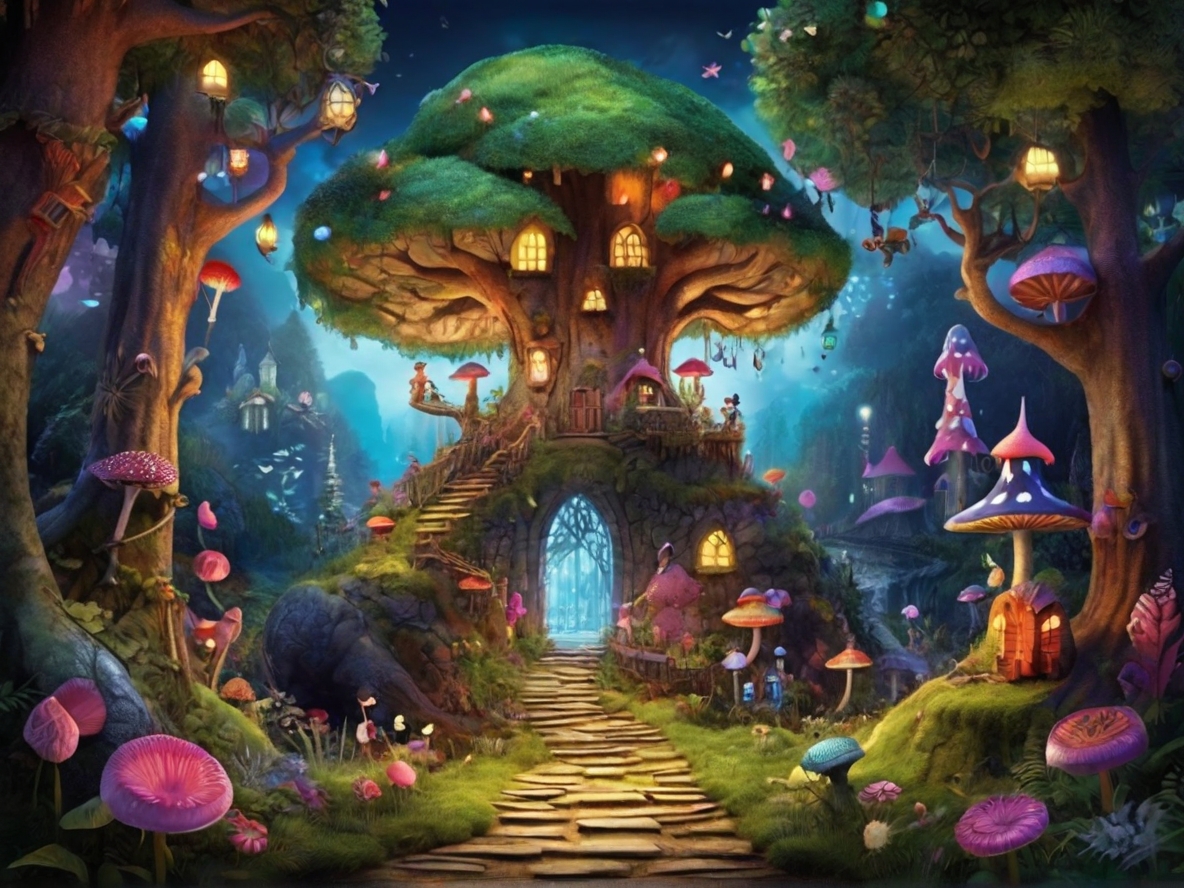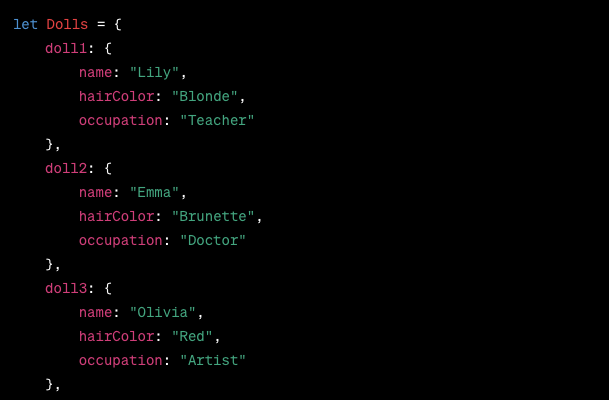JavaScript, HTML and CSS
Imagine you're a chef in a magical kitchen. You have three special ingredients – flour (HTML), spices (CSS), and a chef's wand (JavaScript).
Flour (HTML): Think of flour
as the base ingredient for your recipes. It's like the foundation
for a cake. HTML gives structure to your web page, just like flour
provides structure to your baked goods.
Spices (CSS): Imagine spices
as the magic touch to make your dish flavorful and appealing. CSS is
like the spices; it adds colors, designs, and styles to your HTML,
making your webpage visually appealing, just as spices enhance the
taste of your dish.
Chef's Wand (JavaScript): The
chef's wand is where the real magic happens. It allows you to mix,
chop, and add special effects to your recipes. JavaScript, your
magical wand, brings interactivity to your webpage. It lets you
create animations, click buttons, play sounds, and much more.
Putting It All Together: To
create a delicious webpage, start with the flour (HTML) as your
base. Sprinkle the spices (CSS) to make it visually appealing.
Finally, use the chef's wand (JavaScript) to add special effects and
make your webpage come alive.
Control Flow, Loop
Alright, let's imagine you're on a treasure hunt adventure in an enchanted forest. Control flow and loops are like the magical map and a special spell you have.
Magical Map (Control Flow): Think of the magical map as your set of instructions on how to find
the treasure. It might say, "First, follow the sparkling stones,
then cross the bridge." Following the steps on the map is control
flow – a specific order of actions to reach the treasure.
Repeating Enchantment (Loops): Now, let's say you have a magical spell that makes the trees move
aside whenever you say "Open Sesame." Instead of saying it every
time you see a tree, you use a loop. You cast the spell once, and it
keeps working until you reach the treasure. The loop is like the
enchanted spell saving you from saying "Open Sesame" every few
steps.
Putting It All Together: In
this adventure, control flow is like following the magical map's
instructions – step by step. Loops are like the enchanted spell
making a repetitive task easier – saying "Open Sesame" over and over
without getting tired. Just like your magical forest adventure, when
you're coding, control flow and loops help you navigate through
tasks in a structured way and make repetitive actions more
enchanting!

Document Object Model (the DOM)
Let's imagine the DOM (Document Object Model) as a set of LEGO pieces that make up a webpage. The DOM is like your box of LEGO blocks that helps the computer understand and organize all the things on a webpage. Each LEGO block has a name, like "buttonBlock" or "pictureBlock," and they fit together to create a cool webpage structure.
Find the Button Block:
Look in your box of LEGO blocks and find the one labeled
"funButton."
Attach a Task to the Button Block:
Take a special LEGO piece and stick it to the "funButton" block.
This special piece tells the computer that when someone presses the
button, it should do something exciting, like adding a LEGO piece
with a picture of a happy cat.
LEGO Magic Happens:
Now, when someone clicks the "funButton," the computer follows your
special LEGO piece's instructions and adds a new LEGO piece with a
happy cat picture. In this way, the DOM (our LEGO blocks) helps us
tell the computer how to build and change our webpage by connecting
and interacting with different parts, just like putting together
LEGO blocks to create something awesome!
Arrays and Objects
Arrays like a Toy Box: In your
toy box (array), each toy has a number. It's like lining up toys in
a row. To get a specific toy, you say, "I want the toy in position
0," and you get the first toy.
Objects (People Box): Now, in
your doll box (object), each doll has a name. To get a specific
person, you say, "I want the doll named 'Laura,'" and you get that
person.
Getting Toys - Arrays: You
pick the toys based on their position number. Toys are in a line in
a specific order.
Getting Dolls - Object: You
pick dolls based on their names. Dolls can be anywhere, all over the
room! There is no fixed order.
So, in simple terms, arrays are like lining up toys by numbers, and
objects are like dolls with special names and different details.
Depending on what you're playing with, you choose the right box!


Functions
Let's think of functions as recipes in a cookbook.
What is a function? Function
is like a recipe in your cookbook. Each recipe has a set of
instructions for making a specific dish.
How does it work?
When you want to cook a particular dish, you open your cookbook to
the recipe for that dish. Similarly, when you want to perform a
specific task in your program, you "open" the function that contains
the instructions for that task.
Why are functions helpful? Just like you don't need to rewrite the entire cookbook every time
you want to cook, you don't need to rewrite the entire program when
you want to perform a task. You use the specific recipe (function)
you need.
Variety: Your cookbook
contains many recipes for different dishes. Similarly, your program
can have multiple functions for different tasks, providing variety
and flexibility.
So, functions are like recipes in a cookbook. They provide a
structured way to perform specific tasks, making your code
efficient, organized, and versatile.
I hope that everything is clear now, Kaja. Go, grab your laptop and code something fantastic. 🦄